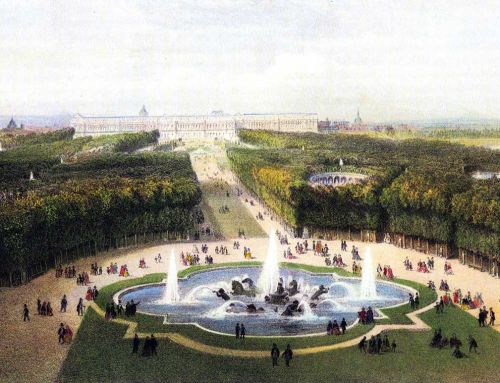Faced with the challenge of climate change and heat waves, cities around the world are implementing innovative strategies to transform their urban environments into refreshing places. One of the keys to this strategy is the expansion of green spaces and urban parks. These natural, or naturalised, spaces, in addition to providing recreational areas for citizens, absorb heat and therefore reduce local temperatures.
Another promising strategy is the use of reflective and/or permeable materials in the construction of buildings and streets. These materials help to reduce heat accumulation and allow for better water management.

Sustainable mobility also plays a key role. Some cities are expanding their public transport networks, encouraging the use of bicycles and promoting electric mobility. These efforts not only reduce greenhouse gas emissions, but also reduce heat sources by removing combustion engines from the streets of conventional vehicles.
Technology is also a crucial element in this transformation. Green roofs, smart pavements and real-time temperature sensors are just some of the tools being used to monitor and combat heat in urban areas.

Temperatures are rising, as indeed scientists confirm: according to NASA data, July 2023 was the hottest month on record. Adapting large cities to these rapid changes is becoming a global priority. But this race towards cooler, more liveable cities not only addresses today’s challenges, but also lays the foundations for a more sustainable and resilient future.
By Manolo Barberá, Senior Hydraulic Modeller in Amusement Logic’s Architecture Dept.
RELATED STORIES
Newsletter



